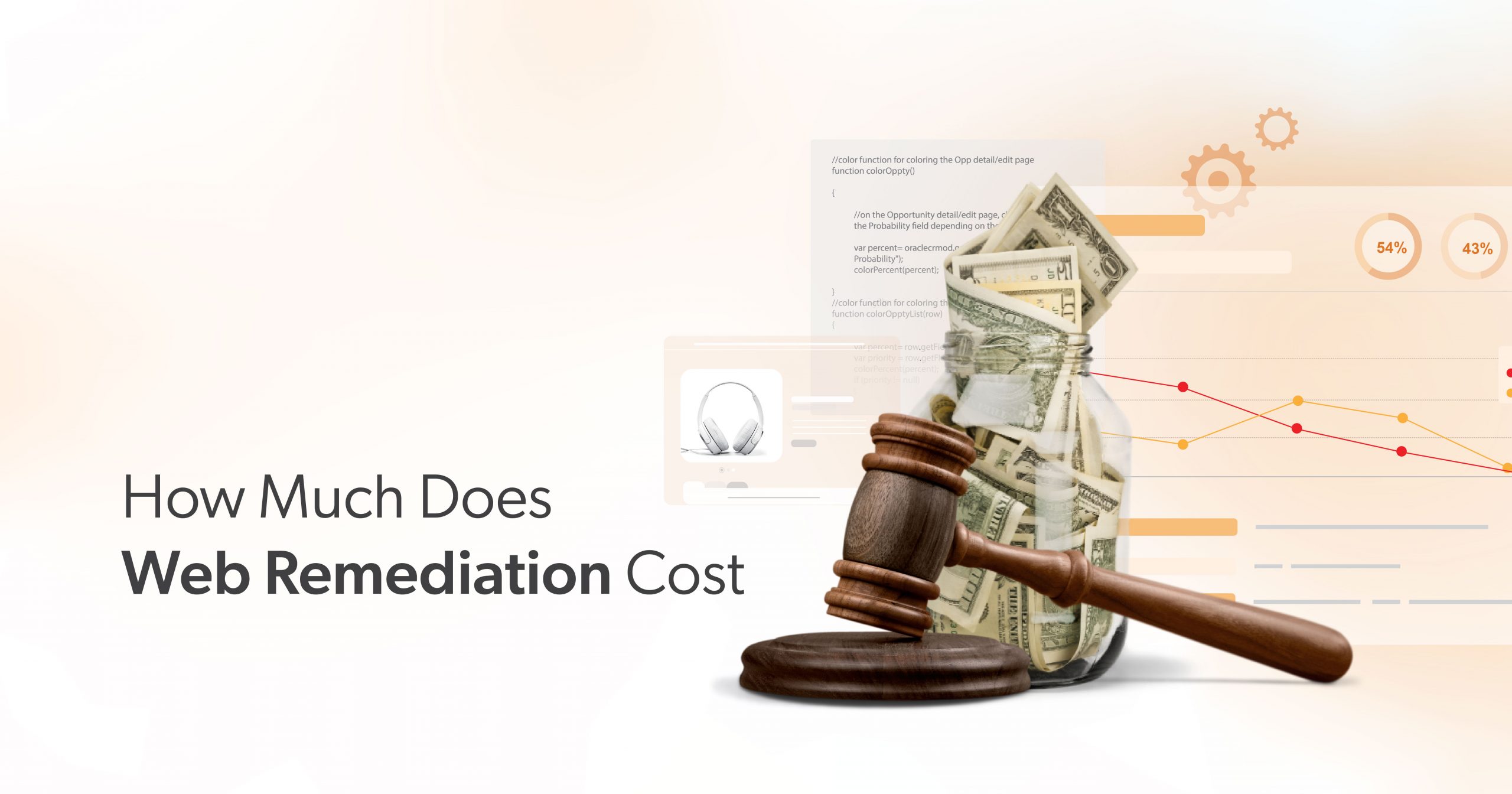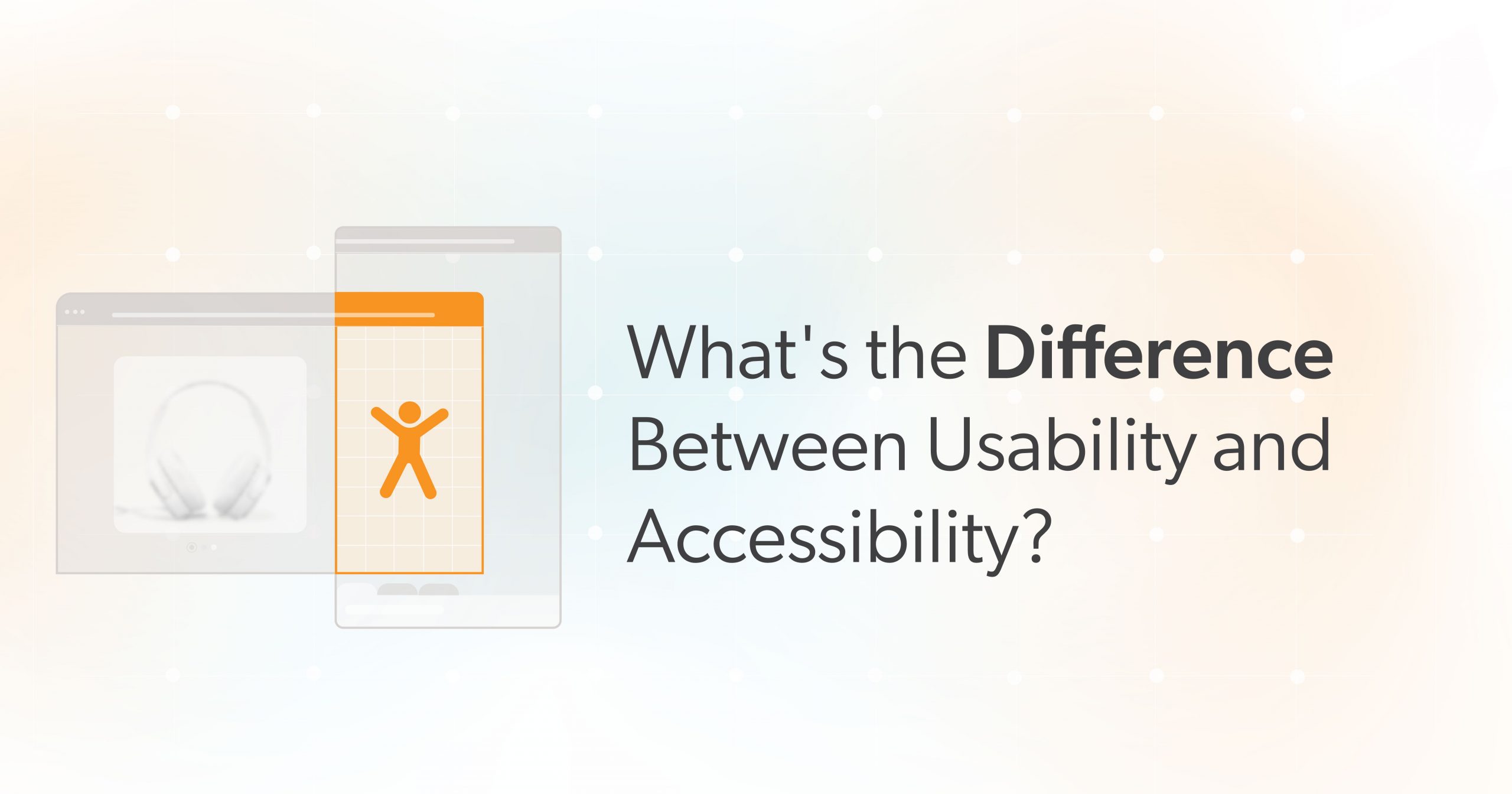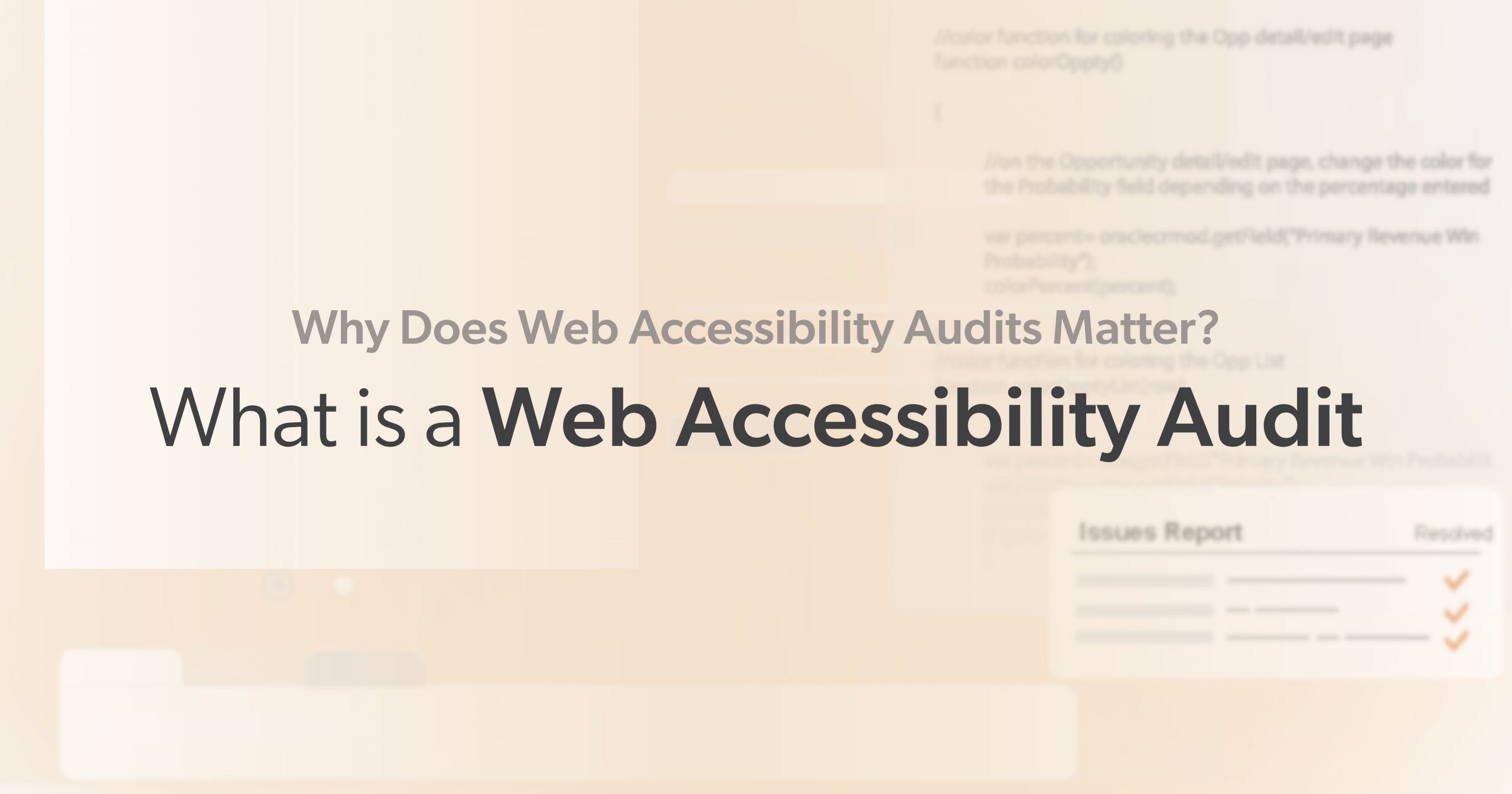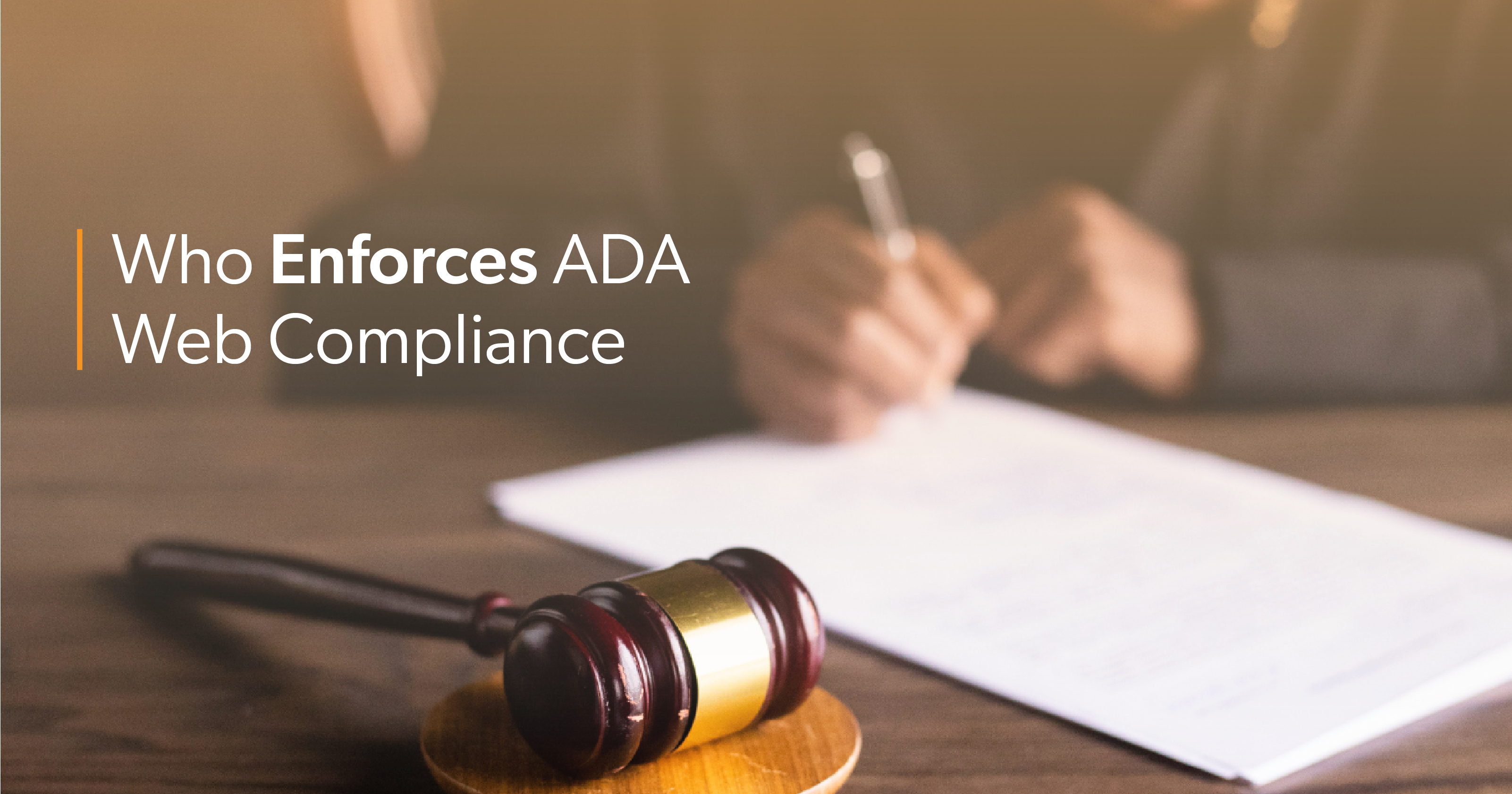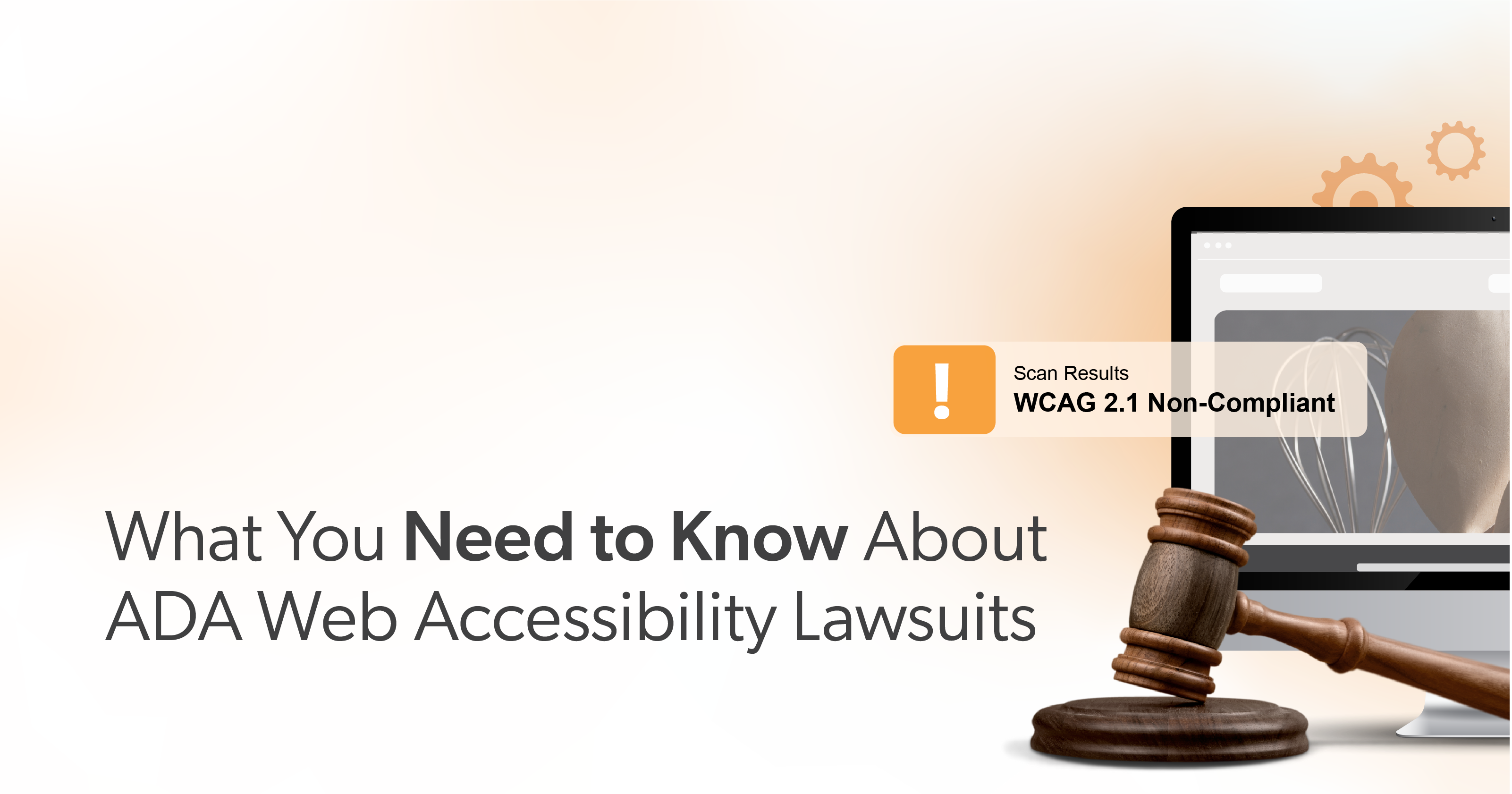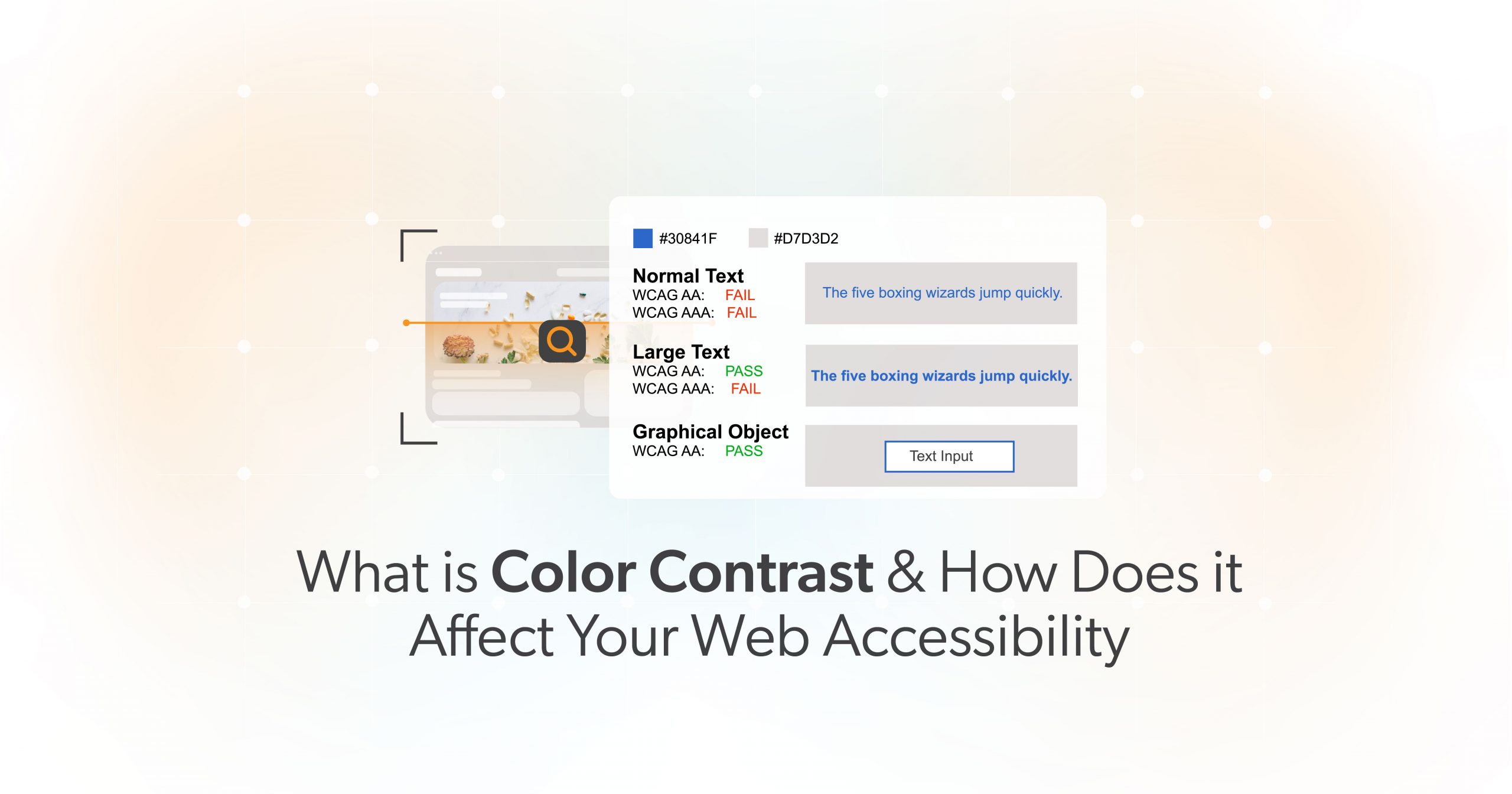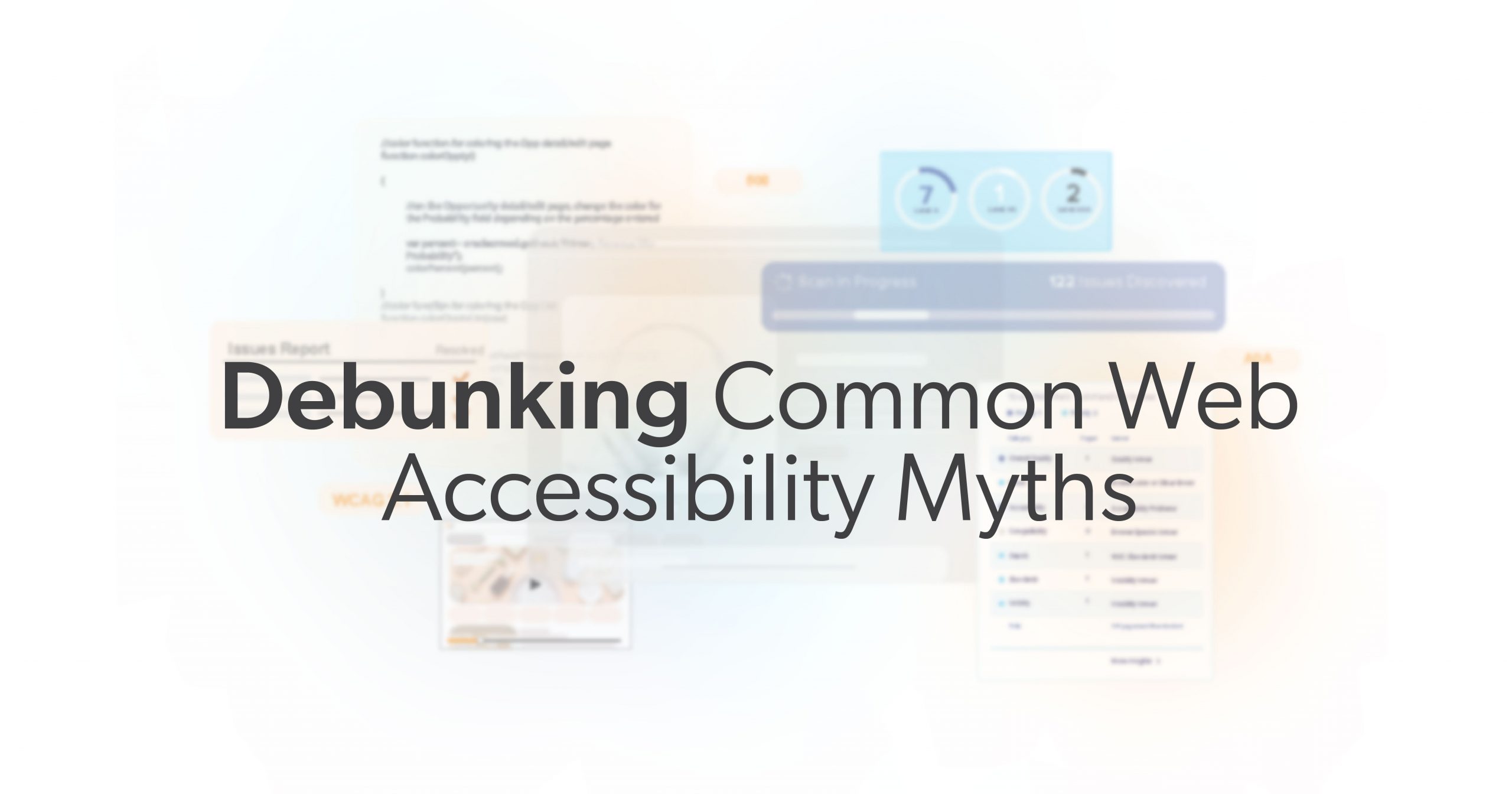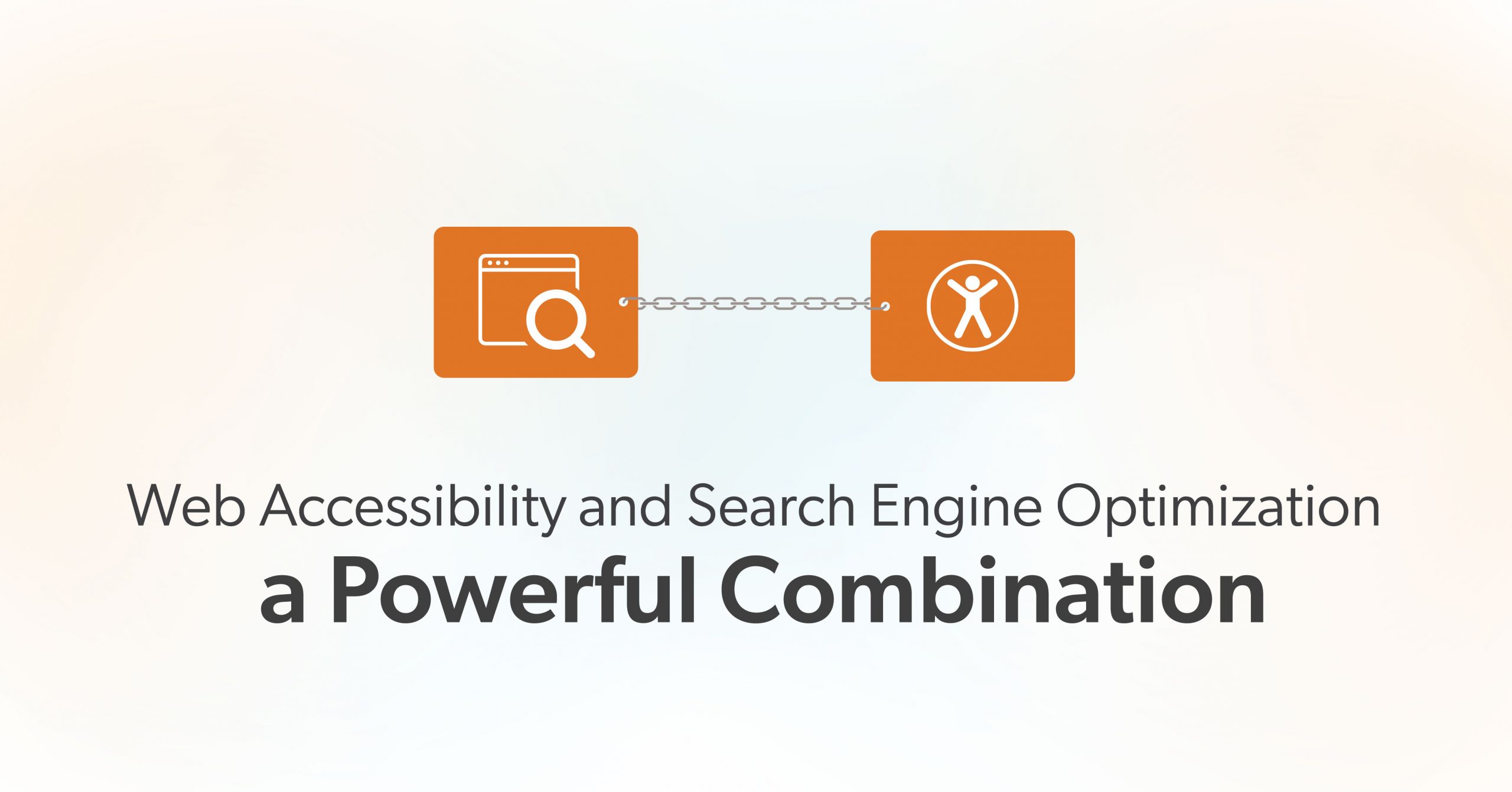For many businesses, one of the biggest barriers to web accessibility is the fear of how much it might cost. However, most people are a bit cloudy about what it does cost to make a website accessible. Or even the steps involved.
In this post, we suggest a framework to help you determine how much it will cost to make your website accessible with 216digital, and discuss the role of compliance in web accessibility.
Why Does Web Accessibility Matter?
Before we get into the basics of web remediation, it’s worth clarifying why it matters.
There are some clear ethical reasons to make sure everyone can access your website, regardless of their abilities. In the United States alone, up to 1 in 4 adults have a disability. If your site is not accessible, you may be turning away a large portion of the population.
There’s also an element of compliance and risk mitigation.
Title III of the Americans with Disabilities Act (ADA) prohibits private businesses and other places of public accommodation from discrimination based on disability. Moreover, the Department of Justice (DOJ) has continuously reiterated that the ADA does apply to websites.
If your website is not accessible, you may be exposing your business to the threat of legal action. In fact, more than 4,000 lawsuits were filed in the United States in 2022.
How Can I Make Sure My Website is ADA Compliant?
The ADA requires that businesses ensure equal access to their goods and services, including websites. One of the best ways to mitigate risk is to follow the latest Web Content Accessibility Guidelines (WCAG). WCAG is the set of guidelines created by the World Wide Web Consortium (W3C) to make web content more accessible to people with disabilities. By complying with these guidelines, you can ensure your website is accessible to all users.
For more information on WCAG, check out our post What are the Levels of WCAG Compliance.
Determining the Cost of Compliance for Your Website
Imagine asking a mechanic for a quote without specifying what’s wrong with the vehicle. You probably wouldn’t get the answers you’re looking for.
Web accessibility usually works the same way. However, the cost of web accessibility can vary depending on the size and complexity of your website, the level of compliance you need to achieve, and the resources you have available. Factors that influence cost include:
- The number of pages on your site
- The complexity of the site’s features, including forms, interactive elements, or plugins
- The number and complexity of accessibility barriers
- The approach to manual remediation
- The complexity of the website’s environment or platform
- If there is a pending lawsuit, the number of listed barriers in the complaint
Why Do You Want Your Website to Be Accessible?
If remediation has no one-size-fits-all price, how do you determine its cost? Start by figuring out why you want your website or online application to be accessible / ADA-compliant.
Do you want to prevent an ADA web accessibility lawsuit?
Have you received an ADA web accessibility lawsuit?
Do you want to be fully inclusive?
Are you looking for ongoing ADA monitoring?
While you might think the focus for each of these goals would all be WCAG 2.1 AA compliance, it’s not. Instead, over a five-year period, our team of ADA experts analyzed and dissected the process of how 48 law firms select and target websites for ADA lawsuits. The results were surprising as it has little to do with real-world accessibility. But, sadly, even achieving WCAG 2.1 compliance can’t guarantee you won’t get hit with an ADA lawsuit because of the way law firms target websites for ADA lawsuits.
That’s why at 216digital, we have developed different services based on your ADA business objectives to put you in a position of strength.
Do You Want to Prevent an ADA Web Accessibility Lawsuit?
Our ADA Quick Audit is a fast and simple way to measure your website’s visibility to ADA non-compliance lawsuits. Through our years of experience in the trenches analyzing and studying these cases, we were able to develop internal monitoring processes and tools to determine their targeting process in which many of the prolific ADA non-compliance lawsuit firms identify their targets. As a result, we realized that the vast majority of cases are based on the results of automated scanning tools, so we developed ADA Quick Audit as a way for business owners to get ahead of the game and dramatically reduce their risk.
Have You Received an ADA Web Accessibility Lawsuit?
Our Phase I ADA Remediation project plans are custom developed to chart the steps you can take to quickly put your company in a position of strength to settle your ADA lawsuit and add the safeguards to ensure you’ll never have to waste another minute of your time on a frivolous ADA lawsuit. Each Phase I ADA remediation project includes an ADA Phase I remediation plan, timeline, staff training, and ongoing monitoring services.
Do You Want to be Fully Inclusive?
For individuals with disabilities or impairments, navigating online is a personalized and delicate process, as should the auditing process. However, more than half the work contributes nothing to ADA risk mitigation. So, why let real-world compliance hijack your development backlog with all the competing website enhancements that could add value to your business?
Real-World Accessibility on Your Terms means developing a strategy to integrate WCAG 2.1 compliance into your development roadmap as part of the development process. Our Web Accessibility Professionals will evaluate and examine the accessibility level of your website’s UI, source code, usability, and design. Then they will implement solutions focused on three key areas:
- Screen reader and assistive technology compatibility
- Keyboard-only navigation, operation, and orientation
- UI and design
Are You Looking for an ADA Monitoring Service
You’ve devoted countless hours and resources to making your website accessible. However, achieving WCAG 2.1 compliance can’t guarantee you won’t get hit with an ADA lawsuit.
We have found the majority of our clients had the same question – how can we make sure this doesn’t happen again, and who do we reach out to if we need further WCAG 2.1 AA expertise?
Whether you’ve already been served with an ADA non-compliance lawsuit or want to prevent being targeted, Accessibility Radar is a hands-off way to ensure you stay out of the crosshairs.
a11y.Radar ADA monitoring service reports on your ongoing accessibility efforts, whether conducted by your internal digital teams or an outside web agency. Access enhanced dashboards and receive updates to content, code, and user experience that could pose potential blocks to users or threaten your accessibility standards.
As a business owner, you have enough to worry about. So leave it 216digital to ensure you remain compliant.
Why Partner with 216digital?
Most web accessibility remediation agencies go straight for WCAG 2.1 AA compliance. Often, delivering automated audits identify accessibility barriers with little to no help in fixing them or maintaining your accessibility.
216digital intentionally focuses on identifying and remediating just the barriers that got you sued in the first place, putting you in a position of strength to settle your case sooner and prevent copycat lawsuits. To learn more about how the ADA experts at 216digital can help build an ADA WCAG 2.1 compliance strategy to achieve ongoing, real-world accessibility on your terms, schedule a complimentary 15-minute ADA Strategy Briefing with our experts.
